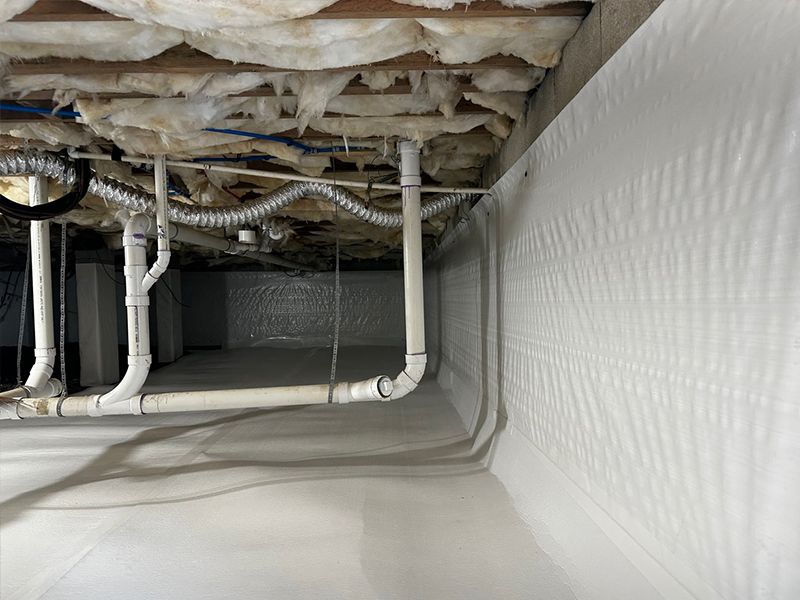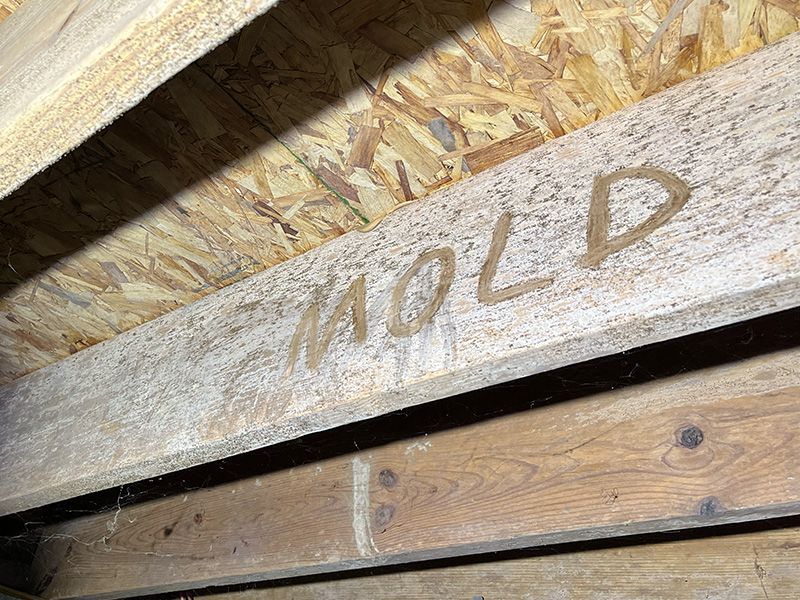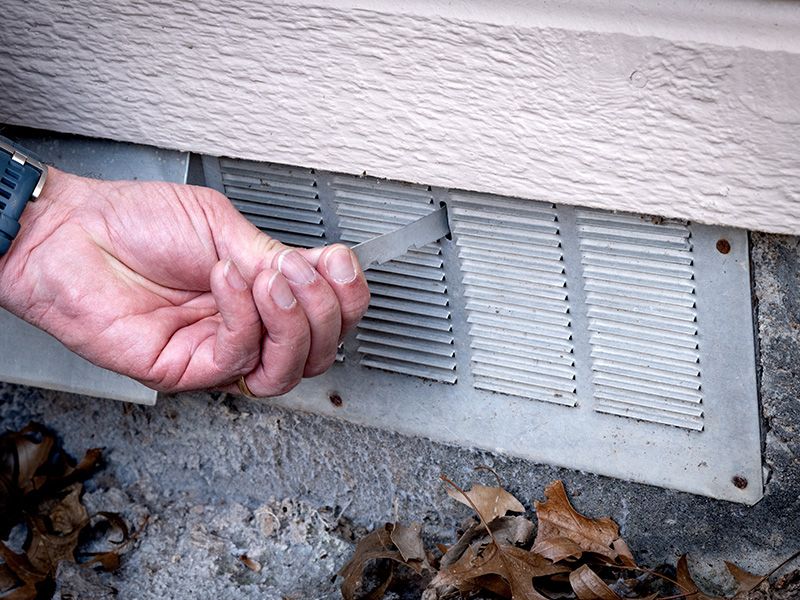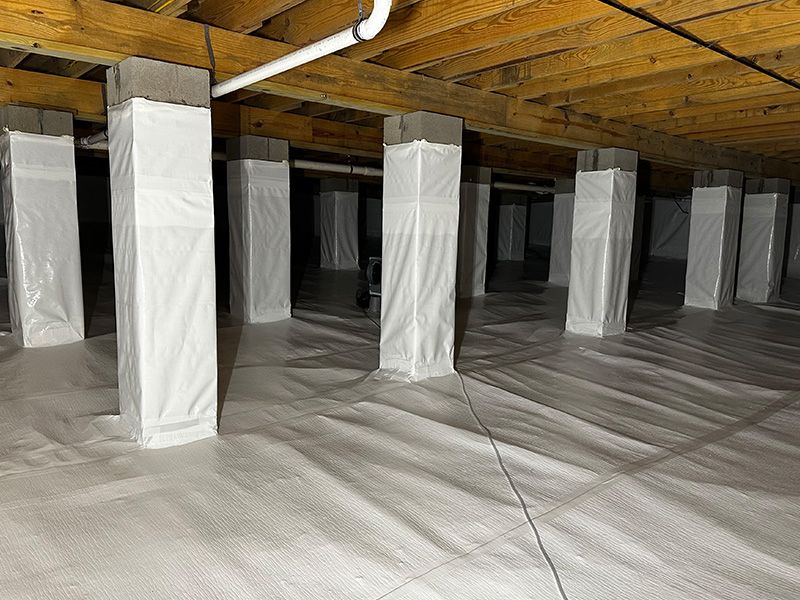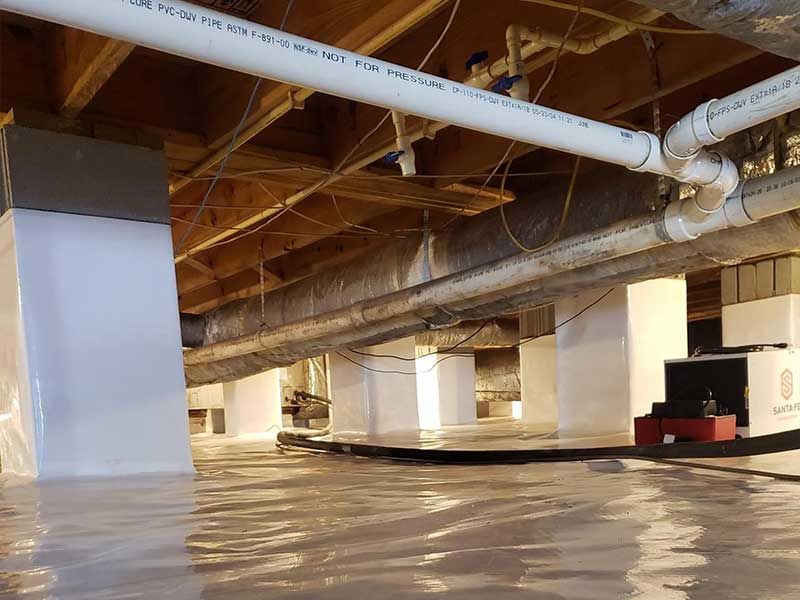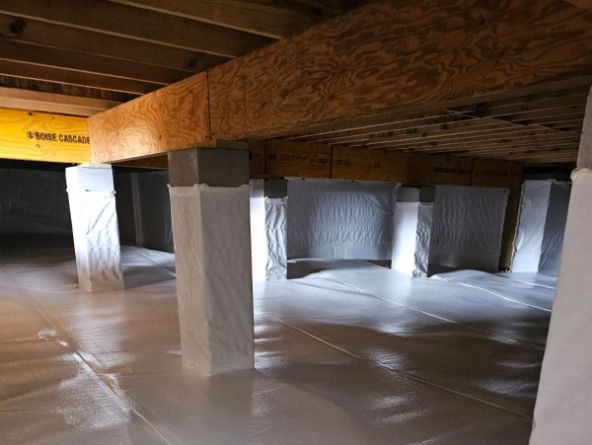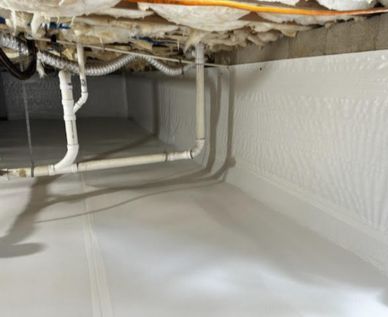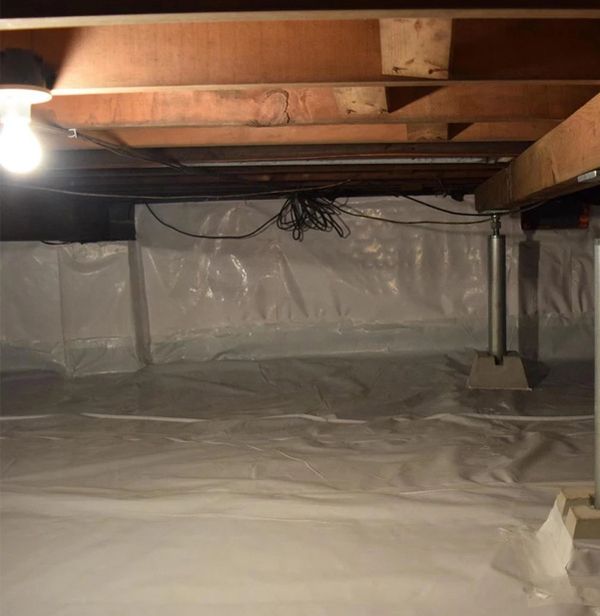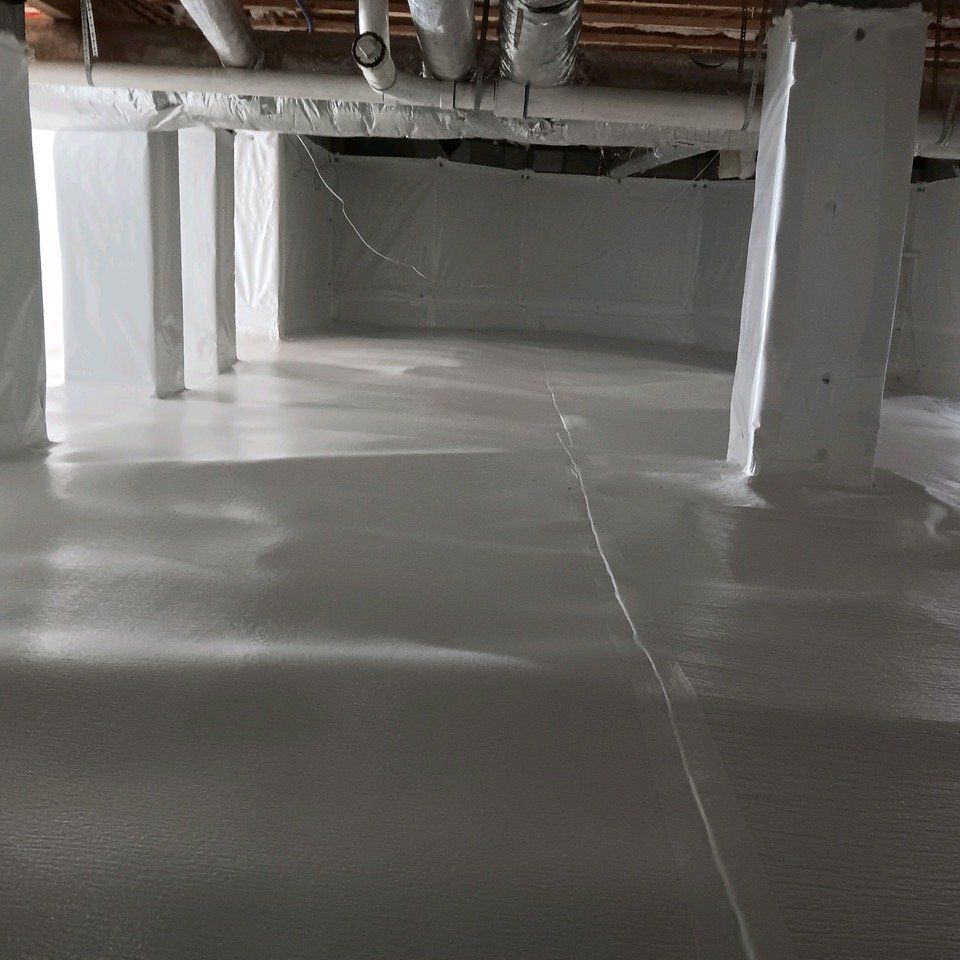How to Keep Pipes from Freezing in a Crawl Space
When winter temperatures drop, your home’s plumbing faces unique challenges, particularly in unprotected crawl spaces. Frozen pipes aren’t just inconvenient; they can cause severe damage and costly repairs if left unaddressed. Whether you’re a new homeowner or a property owner preparing for the colder months, understanding how to safeguard your water pipes is crucial.
This guide will walk you through why crawl space pipes are vulnerable to freezing, immediate steps to keep them safe, long-term solutions, and when to consider professional help. By the end, you’ll feel confident knowing your home is prepared for winter.
Why Do Crawl Space Pipes Freeze?
Crawl spaces, typically located beneath the main floor of a home, are more exposed to outside temperatures than other parts of the house. Without proper crawl space insulation or protection, cold air slips in, wrapping around pipes and freezing any water inside of them.
Common Causes of Frozen Pipes in Crawl Spaces
- Lack of Insulation – Exposed pipes and poorly insulated crawl spaces are prone to rapid heat loss.
- Air Leaks – Gaps and cracks in the crawl space allow freezing air to seep in.
- Unsealed Vents – Open vents bring in cold air, dropping the temperature in the crawl space.
The Dangers of Burst Pipes
When water freezes, it expands by about 10%, creating enough pressure to crack or burst water supply lines. This can lead to serious water damage in your living space, ruining floors and even weakening floor joists. Basements and crawl spaces are especially vulnerable, as they often house exposed pipes. If left unaddressed, mold growth and structural decay can follow, leading to costly repairs.
Immediate Steps to Prevent Frozen Pipes
Taking proactive measures can make a significant difference, especially during harsh winters. Here’s what you can do today:
1. Insulate Exposed Pipes
Install foam pipe insulation or rubber pipe sleeves around any exposed piping in your crawl space. These materials help slow heat loss and reduce the chances of water freezing.
2. Seal Air Leaks and Vents
Identify gaps, cracks, or voids in the crawl space and seal them using caulk, expanding foam, or weatherstripping. Don’t forget to close crawl space vents during the winter to block cold air.
3. Allow Faucets to Drip
Turning on your faucets to allow a slow, steady drip can keep your pipes running smoothly and prevent water pressure from building up in frozen sections.
Long-Term Solutions to Protect Crawl Space Plumbing
For enduring protection, investing in long-term strategies can fortify your crawl space against winter damage.
1. Crawl Space Encapsulation
Encapsulation involves sealing your crawl space with a vapor barrier, insulation, and sometimes a dehumidifier. This comprehensive solution keeps moisture and cold air out of the space altogether, creating a more stable environment.
2. Proper Insulation
One of the best ways to insulate a crawl space is by using quality materials like spray foam or rigid foam board to prevent temperature drops. Insulating the floors, exterior walls, and ceiling of crawl spaces not only protects against heat loss but also adds comfort to your home.
3. Install Vapor Barriers
Vapor barriers not only combat moisture and humidity but also serve as an added layer of insulation against cold air penetrating from the outside. Pairing crawl space sealing with a sump pump can provide extra protection by keeping water out of the crawl space altogether.
DIY vs. Professional Solutions
While there are plenty of DIY approaches for how to protect pipes from freezing, some solutions are best handled by a professional.
When to Go DIY
- Sealing small cracks or air leaks.
- Wrapping pipes with insulation sleeves.
- Closing off crawl space vents during the winter.
When to Call a Professional
- If your crawl space consistently retains moisture or cold air despite insulation efforts.
- For full crawl space encapsulation or advanced insulation.
- To assess your crawl space’s structural integrity and recommend tailored solutions.
At DFX Foundation & Waterproofing Experts, we specialize in crawl space inspections, encapsulation services, and insulation installation. Our expertise ensures you receive efficient, reliable solutions customized for your home’s needs.
Preparing for Winter with a Crawl Space Checklist
Preparation is key when winter is on the horizon. Use this homeowner’s checklist to ensure your crawl space is ready for the colder months:
- Inspect crawl spaces and pipes for damage or wear.
- Seal air leaks and ensure vents are closed.
- Install insulation and pipe sleeves as necessary.
- Check your thermostat settings to maintain steady indoor temperatures.
- Test heating systems to ensure they’re in working order.
What to Do If Your Pipes Freeze
Sometimes, despite your best efforts, pipes still freeze. Here’s what you can do to minimize damage:
- Turn off the water supply to the affected pipe to prevent leaks or bursts.
- Use a space heater, heating cables, or a hairdryer to gently thaw frozen sections (never use an open flame).
- Check for signs of cracks or leaks once the pipe has thawed.
- If you notice significant damage, call a professional plumber or crawl space expert immediately.
Why Choose DFX Foundation & Waterproofing Experts?
At DFX Foundation & Waterproofing Experts, we provide comprehensive crawl space solutions to keep your home protected year-round. Our services include:
- Crawl Space Inspection & Assessment – Identify weak points and areas vulnerable to freezing with our expert evaluations.
- Encapsulation Service – Create a moisture-resistant, insulated barrier for your crawl space.
- Insulation Services – Using advanced materials like spray foam and rigid boards, we ensure your crawl space remains warm and dry throughout the winter.
Using advanced materials like spray foam and rigid boards, we ensure your crawl space remains warm and dry throughout the winter.
Contact DFX Foundation & Waterproofing Experts today to schedule your free consultation and winterize your crawl space before the next cold front hits.
Protect Your Home Before Winter Strikes
Ensuring your crawl space plumbing is winter-ready doesn’t have to be overwhelming. Learning how to prevent pipes from freezing in winter can save you time, money, and the stress of dealing with burst pipes or water damage. Whether you choose immediate fixes or invest in long-term solutions, taking action now will ensure your pipes stay protected all season long.
Still have questions? Reach out to DFX Foundation & Waterproofing Experts for a free consultation and take the first step toward a durable, winter-ready crawl space.
